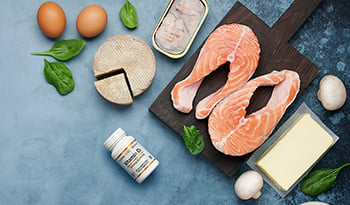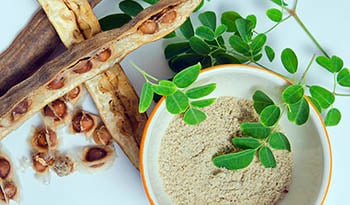Allulose: A Rare, Guilt-Free Sugar

What Is Allulose?
Allulose is considered a rare sugar because it’s only found naturally in very small amounts in a few foods, such as figs, raisins, maple sugar, molasses, and wheat. And it’s loaded with rare qualities—for a sugar.
What Makes Allulose Unique?
Eating it doesn’t boost your blood sugar level or your body’s need for insulin. That’s because it really isn’t metabolized or absorbed into your body as it travels through your mouth, stomach, or intestines.
It isn’t metabolized in your mouth, as conventional sugar is, and doesn’t cause tooth decay.
It has less than one calorie in half a teaspoon (roughly 10% of the calories in regular sugar), and since it isn’t absorbed by your body in the same way as table sugar, those mini-calories don’t add up.
And the really sweet treat: It tastes a lot like conventional table sugar, delivering about 70% of the sweetness, teaspoon for teaspoon. You avoid the bitter aftertaste that comes with many sugar substitutes.
How to Use Allulose
If you decide to try allulose, there are many foods you can make and enjoy without the guilt that usually go along with eating something sugary. For example, use the powder in your tea or coffee. Sprinkle it on your steel-cut oatmeal. Add it to a fresh fruit salad or fruit compote. Bake with it: It works as a one-for-one substitute for conventional sugar.
Is Allulose Safe?
More good news: The FDA says allulose is GRAS (generally recognized as safe), meaning it hasn’t been connected to adverse health risks. Overdoing it, however, can make you gassy and cause gastrointestinal distress. But it takes a lot to overdo it: A 150-pound person would have to consume more than 13 teaspoons in a day.
Are there other rare sugars? Yes. One is called tagatose and is generally recognized by the FDA as safe. It delivers about 90% of the sweetness of table sugar, but it also has three times more calories than allulose. It occurs naturally in apples, oranges, pineapple and dairy products. It is used in the production of chewing gum, dairy products, diet soft drinks, frostings, frozen yogurt, hard and soft confectioneries, health bars, nonfat ice cream, and ready-to-eat cereals.
To run your own taste test on allulose, check out what’s available on iHerb.
References:
- https://journals.plos.org/plosone/article?id=10.1371/journal.pone.0281150
- https://www.mdpi.com/2072-6643/15/12/2802
- https://allulose.org/allulose-professionals/latest-science/fda-gras/
- https://www.fda.gov/media/151854/download
- https://academic.oup.com/nutritionreviews/article/80/2/255/6335867?login=false
- https://www.mdpi.com/2072-6643/10/12/2010
- Han Y, Choi BR, Kim SY, et al. Gastrointestinal tolerance of d-allulose in healthy and young adults. A non-randomized controlled trial. Nutrients. 2018;10(12):2010
- https://www.health.com/allulose-7964478#citation-9
- https://www.ncbi.nlm.nih.gov/pmc/articles/PMC8003523/
- https://www.ift.org/news-and-publications/food-technology-magazine/issues/2023/february/columns/7-ingredients-rare-sugars-sustainable-sweet
- https://www.sciencedirect.com/topics/agricultural-and-biological-sciences/tagatose|--
- https://www.sciencedirect.com/science/article/abs/pii/B9781845691325500041
FELELŐSSÉGKIZÁRÓ NYILATKOZAT:A jelen blognak nem célja diagnózis felállítása...

































 Tartalomjegyzék
Tartalomjegyzék














